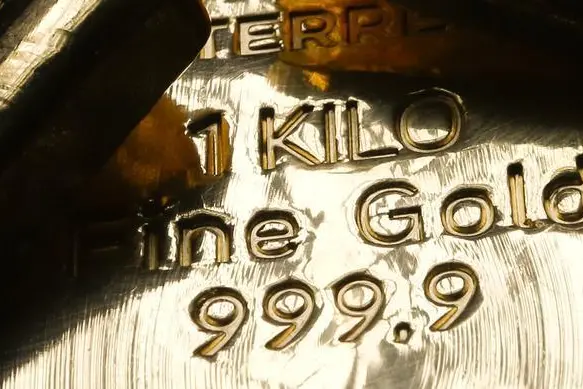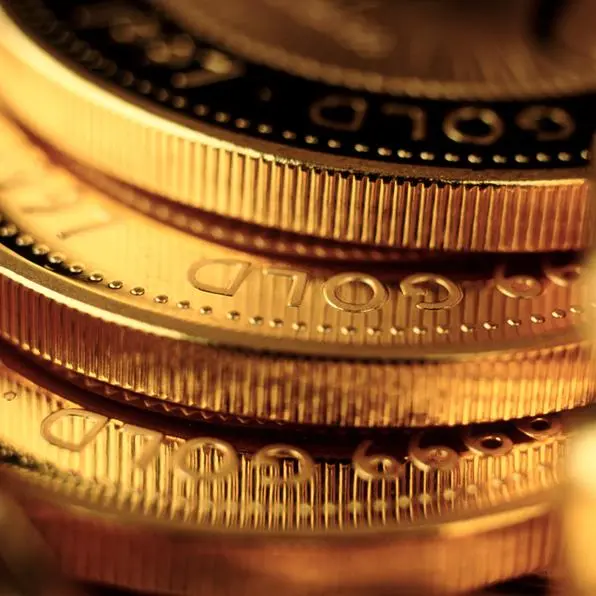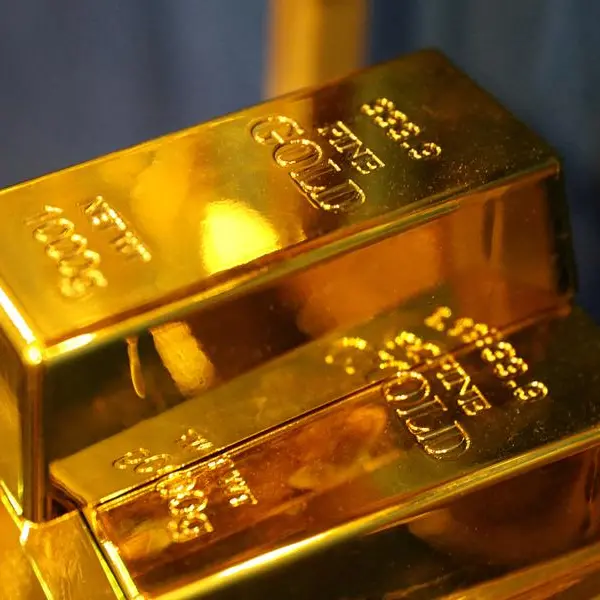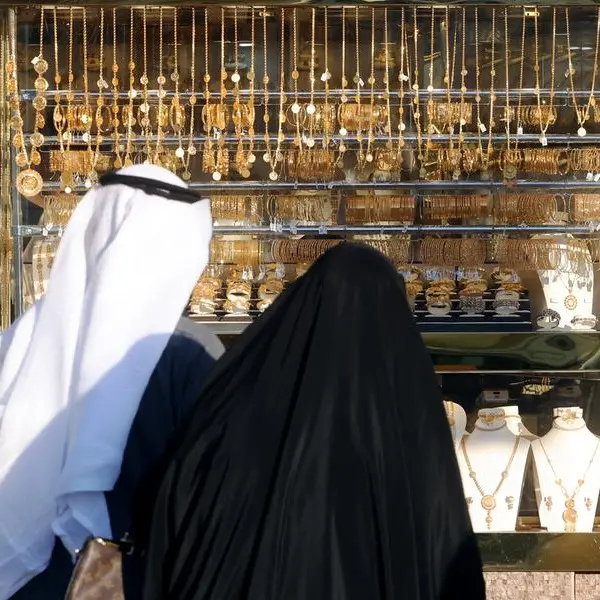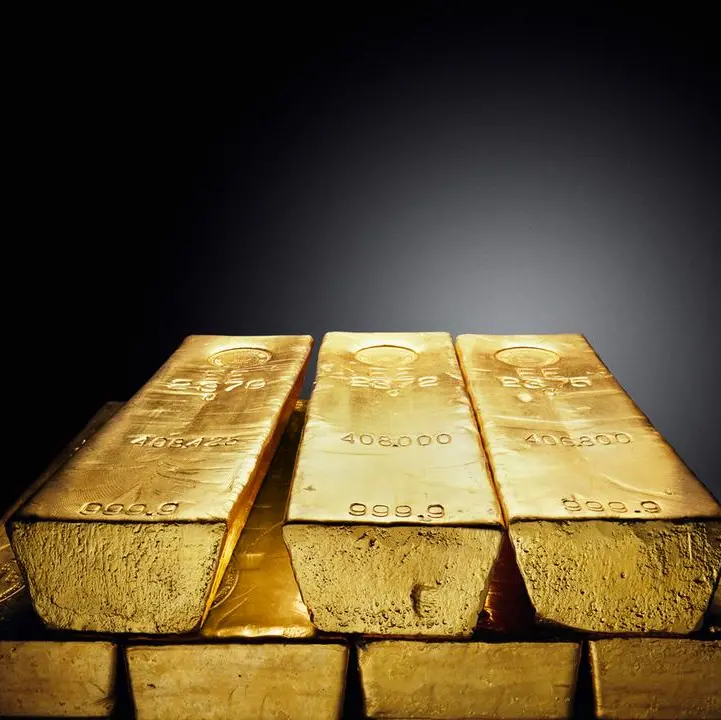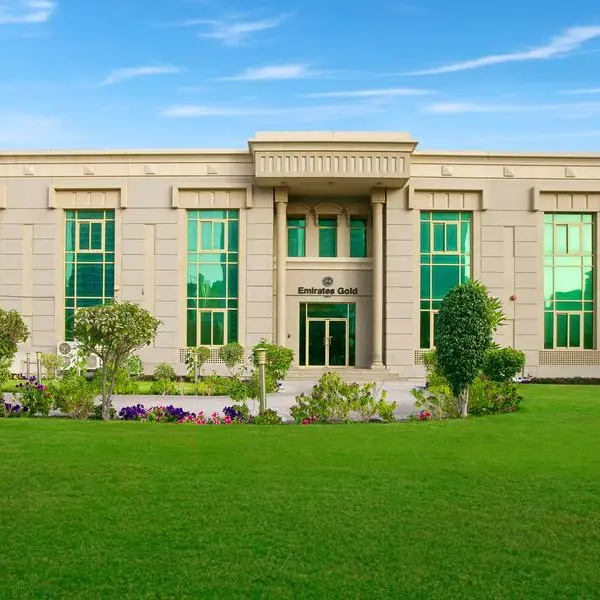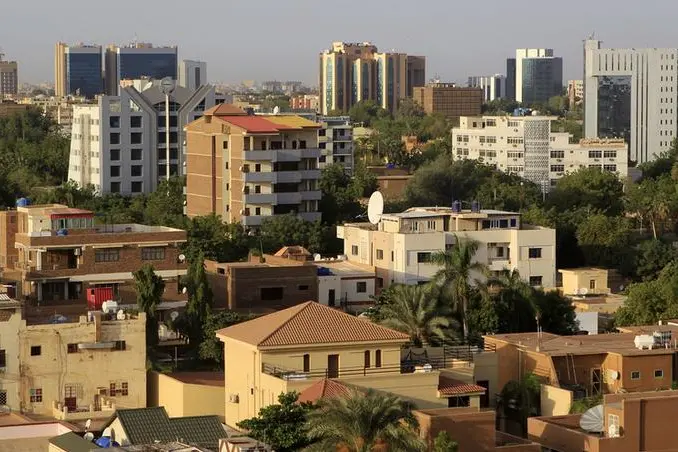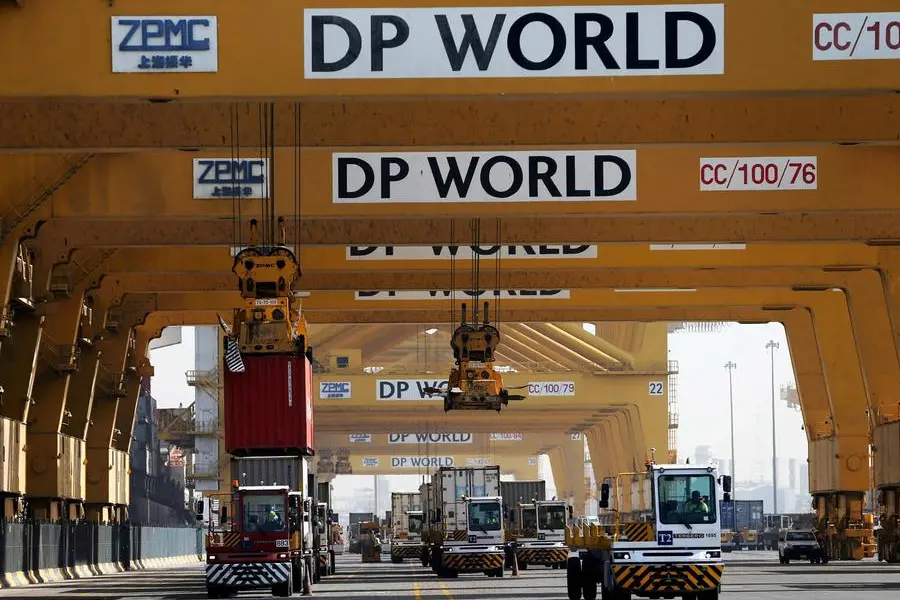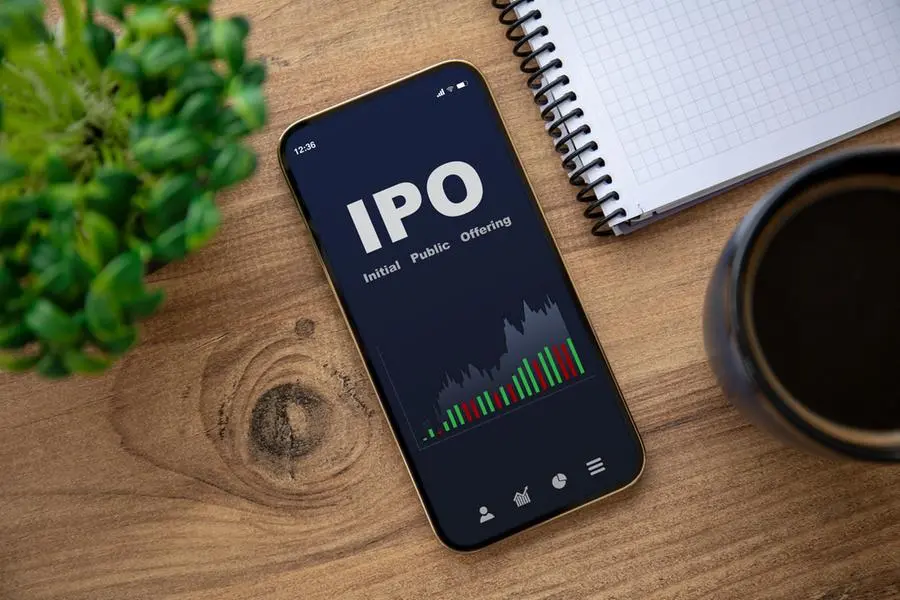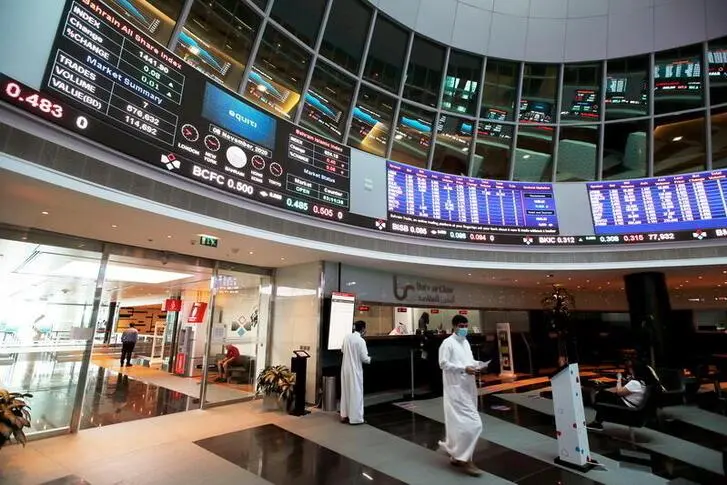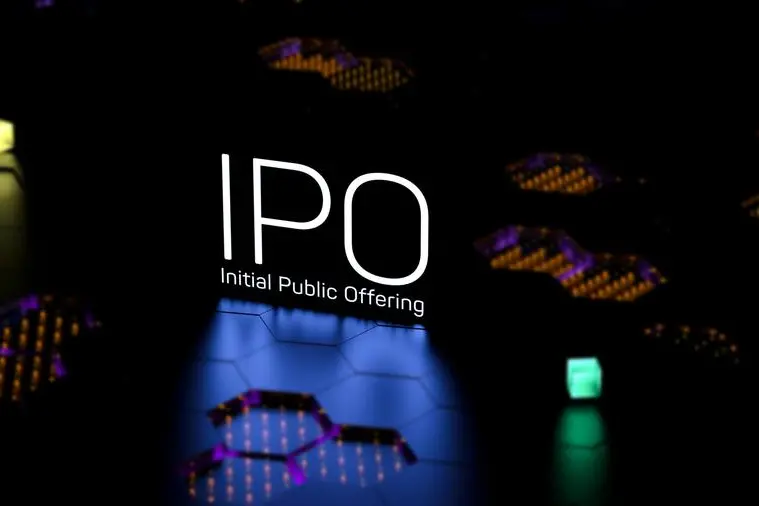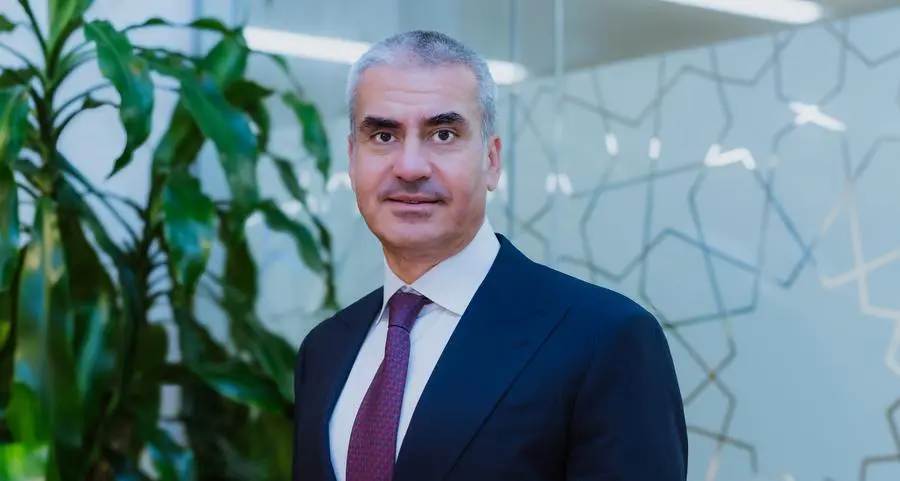PHOTO
Gold prices edged up on Monday on heightened geopolitical tensions in the Middle East and expectations of a U.S. rate cut in September, with the focus on this week's Federal Reserve policy meeting.
Spot gold rose 0.3% to $2,393.48 per ounce by 1005 GMT, matching its 21-day moving average.
Non-yielding gold is up 3% so far in July after hitting a record high of $2,483.60 on July 17 on growing optimism of a rate cut from the Federal Reserve in September.
After a benign June inflation report, markets are wagering that the Fed will lay the groundwork for the September rate cut at its policy meeting on Wednesday.
Supporting the demand for gold as a hedge against geopolitical risks were worries of a widening conflict in the Middle East following a rocket strike in the Israeli-occupied Golan Heights.
As to the physical demand, consumption of gold in China, the world's biggest user, fell by 5.6% in the first half of 2024 as demand for gold jewellery tumbled by 26.7% amid high prices; however, purchasing of gold bars and coins surged by 46%.
"Chinese prices have slumped last week to a discount to the international price, reflecting a sharp decline in offtake amongst jewellery buyers in response to elevated prices," said independent analyst Ross Norman.
In India, another major gold consumer, jewellery and bar and coin demand could see a boost of 50 metric tons in the second half of 2024 from last week's reduction of the state gold import tax to the lowest in 11 years, according to the World Gold Council.
Spot silver gained 0.9% to $28.1. JP Morgan said that silver prices could average $36 in 2025 amid strong macro fundamentals for the precious market and structural deficit in the silver market.
Platinum rose 1.0% to $944.54 and palladium climbed 0.9% to $908.52.
(Reporting by Polina Devitt in London; additional reporting by Ashitha Shivaprasad in Bengaluru; Editing by Vijay Kishore)
